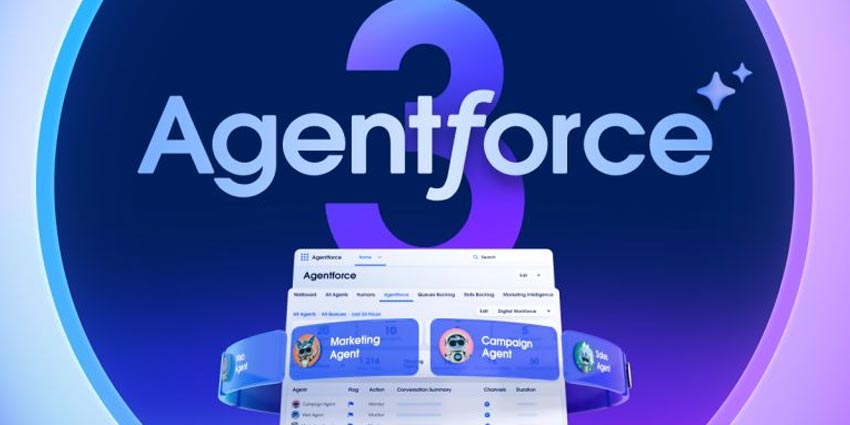HubSpot shared the success of its new pricing model during the company’s Q3 earnings call.
Over the quarter, the company’s global customer base grew to 238,000, a net 10,000 increase and a 23 percent rise year-over-year (YoY).
While revealing these figures, Yamini Rangan, CEO of HubSpot, pointed to HubSpot’s new pricing strategy as key to driving forward new business.
“Our pricing strategy is working,” she stated.
This figure is in keeping with predictions from the Q2 earnings call back in August, where Kate Bueker, CFO of HubSpot, stated that the company believed the new pricing model would yield “9,000 to 10,000” new net customers in the coming quarters.
This model involves lowering seat prices and eliminating the minimum seat requirement for Service and Sales Hubs.
The company also introduced”Core” and “View-Only” seat options. The former allows users to edit data within the Hubs, access cross-Hub AI features, and connect teams via HubSpot’s Smart CRM.
The latter, on the other hand, are available for free. In only providing visibility across Hubs, they cater to customers who do not require data editing or AI capabilities.
A Marathon, Not a Sprint
Understandably, the pricing changes led to questions being raised about the impact on customer spending.
While this point was not addressed head-on during the discussion, Rangan claimed that the higher volume of customers was “offsetting expected ASP (average selling price) decline.”
“We will stay very, very consistent with our pricing philosophy.
Adding value before we think about monetizing value; that has really worked for us throughout our history. We are very, very focused on driving that value, and we’ll continue to do that.
The CEO explained how HubSpot is attempting to upgrade customers who come in at low price points through the use of personalized upgrade prompts along the customer journey, as well as the launch of a revamped Starter tier.
While Bueker admitted that so far, the company is yet to experience a significant boost in upgrades, there have been improvements, and she believes the pricing model will eventually deliver.
“So what you saw this quarter was a little bit more of a balance in our new customer adds or net customer adds across Professional as well as Starter.
“And then over time, we do believe that we will see an increase in the upgrade rate, but it’s still early for us to give lots of concrete data points there.”
The CFO also confirmed that the uptick in new customers coming in at lower initial price points was contributing to a headwind for ARPC (average revenue per customer) growth.
Despite these issues, the CFO was steadfast in the company’s belief that the pricing model was working as planned.
She explained how HubSpot based the premise of the pricing strategy on the assumption that customers tend to purchase only what they need initially and expand over time, which would lead to higher net revenue retention rates.
We have seen in those early cohorts that the customers who join on the seats model have higher upgrade rates, are upgrading and adding seats, and have a higher net revenue retention.
All the Rage
Pivoting to a new pricing model has become increasingly popular in the CX tech space in recent times, with the likes of Zendesk, Odigo, and Zoom all now offering their customers more flexibility.
Zendesk’s “industry first” outcome-based model was launched back in August.
The system charges customers only for issues resolved autonomously by Zendesk’s AI agents, rather than through traditional pricing.
Zendesk believes this approach better aligns with the current AI-focused customer service landscape.
For Odigo, the change came with the launch of its Extended Contact Center, which offers customers a lower-cost option to purchase seats with limited interactions.
Traditionally, contact centers had to buy full-price seats even for employees focused on tasks like data entry and document management. With this new option, service teams can acquire these seats at a reduced rate, ultimately lowering their overall costs.
Finally, Zoom looked to offer its users greater pricing flexibility by introducing three new CCaaS packages.







